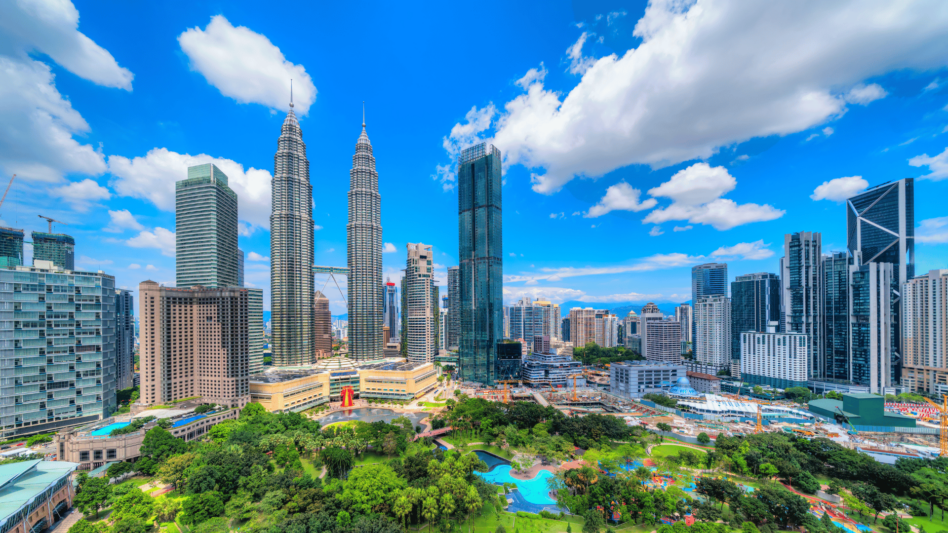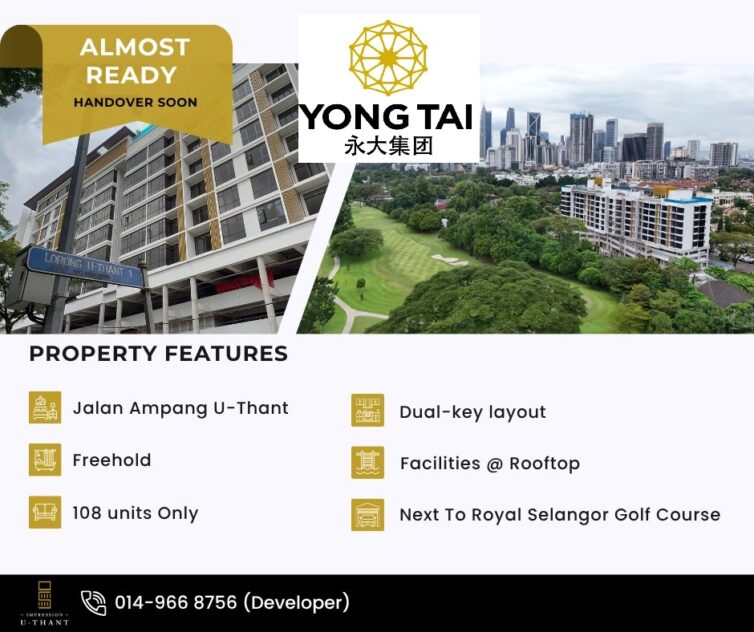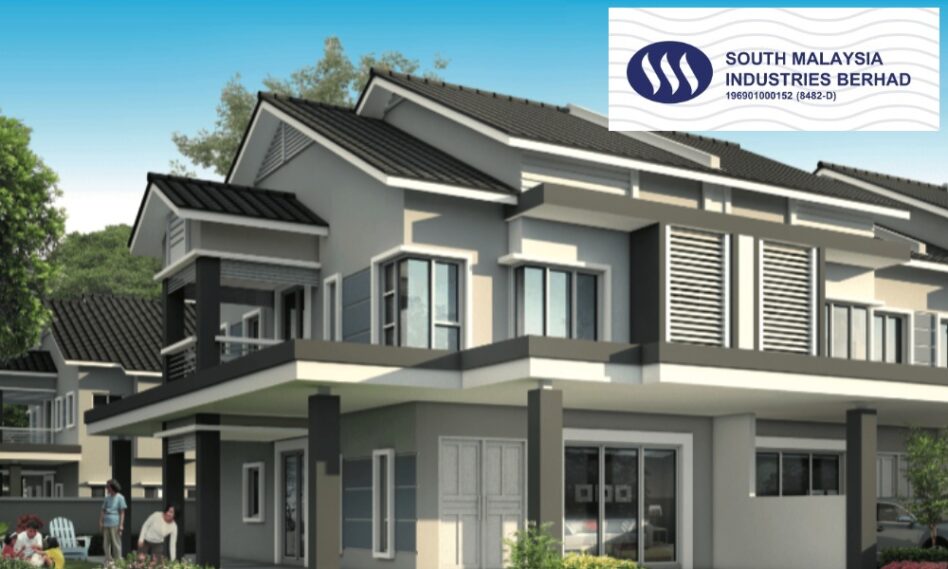MIXED-USE properties are nothing new but have been gaining popularity in recent years. Just imagine having the convenience of shopping, a myriad of F&B options and condo-like facilities all within walking distance.
Many people are preferring this lifestyle compared to conventional suburban living, cutting across age groups from young professionals to retirees.
Mixed-use buildings also offer property investors looking to diversify their portfolio with units that can double as co-working spaces or lifestyle units.
While mixed-use properties have been around for a while, their popularity has surged in recent years owing to shifts in consumer habits and societal norms.
The convenience of having eateries, cafes, and stores a short walk from their dwelling appeals to many young adults globally, who prefer this lifestyle over conventional residential areas.

But what constitute mixed-use properties?
According to asset-based lender Coastal Capital there are different types of mixed-use properties. The primary types of mixed-use development include:
Vertical mixed-use development: The different uses are stacked on top of each other. For example, the ground floor may have retail stores or restaurants. The middle floors might contain office space, and the top floors are typically residential.
Horizontal mixed-use development: The different uses are spread out across the same plot of land but in different buildings. For example, an apartment complex might have a separate building for retail shops and restaurants.
Walkable urban mixed-use development: This type of development is usually found in urban areas and is designed to be pedestrian-friendly. It often includes a mix of residential, retail, and office space, along with amenities like parks, restaurants, and cultural institutions, all within a short walking distance.
Transit-oriented development (TOD): These are high-density, mixed-use developments near public transportation hubs like bus or train stations. The aim is to create sustainable communities by reducing reliance on cars and encouraging the use of public transport.
Live-work spaces: These developments are designed specifically for people who want to live and work in the same place. They might include apartments with attached offices or studios, or a building where the lower floors are co-working spaces while the upper floors are residential.
Mixed-use retail centres: They are often shopping centres or malls that have added residential units, offices, or hotels to the retail mix.
Each offers a myriad investment possibilities, closely aligned with the property’s location.
For an example of a mixed-use property with great investment potential, visit https://www.hcktower.com/. – Jan 12, 2024









